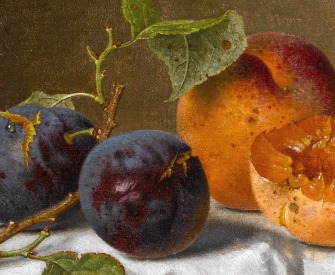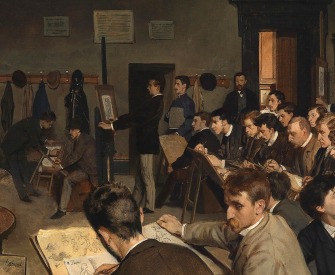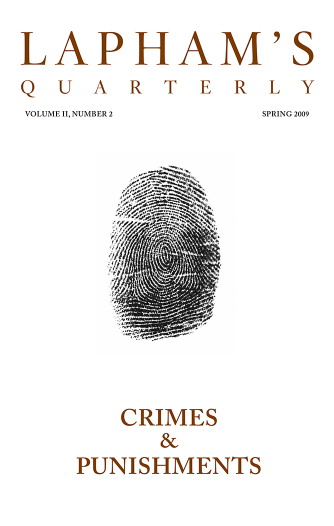When a young bamboo sprouts, it is only an inch long, but the joints and leaves are already latent in it. All nature grows this way, whether it be cicadas and snakes, or bamboos that shoot up a hundred feet high. Nowadays the artists construct a bamboo, joint by joint and leaf by leaf. Where is the bamboo? Therefore in painting bamboos, one must have bamboo formed in one’s breast. At the time of painting, one concentrates and sees what one wants to paint. Immediately one follows the idea, handles one’s brush to pursue the image just seen, like a hawk swooping down on a rabbit. With a moment’s hesitation, it would be lost. This is what the artist Yuke taught me. I understood what he meant, but could not carry it out. That is because my hand refused to obey me, through lack of practice. There are things with which you are vaguely familiar; you seem to know it, but when you want to paint it, you are at a loss. This is true not only of painting bamboo. My brother Zeyou cannot paint; he merely understands the idea. I understand not only the idea, but also have learned the technique.
I have been of the opinion that men, animals, houses, and furniture have a constant form. On the other hand, mountains and rocks, bamboos and trees, ripples, mists, and clouds have no constant form, but have a constant inner nature. Anybody can detect inaccuracies in form, but even art specialists are often unaware of errors in the inner nature of things. Therefore some artists find it easier to deceive the public and make a name for themselves by painting objects without constant forms. However, when a mistake is made with regard to form, the mistake is confined to that particular object, but when a mistake is made in the inner nature of things, the whole is spoiled. There are plenty of craftsmen who can copy all the details of form, but the inner nature can be understood only by the highest spirits. Yuke’s paintings of bamboos, rocks, and dried-up trees may be said to have truly seized their inner nature. He understands how these things live and die, how they twist and turn, are blocked and compressed, and how they prosper and thrive in freedom. The roots, stalks, joints, and leaves go through infinite variations, never alike, and yet always appropriate; they are true to nature and satisfying to the human spirit. These are records of the inspirations of a great soul.
From “On Capturing the True Spirit.” Su Shi wrote nearly 2,700 poems, earning the reputation as one of the greatest poets of the Song dynasty. As a poet, scholar, painter, calligrapher, and essayist, Su Shi became the model man of letters for subsequent generations.
Back to Issue


